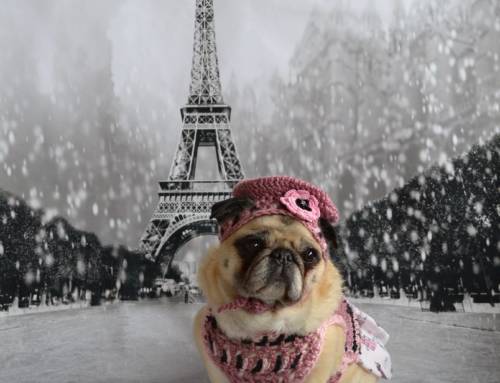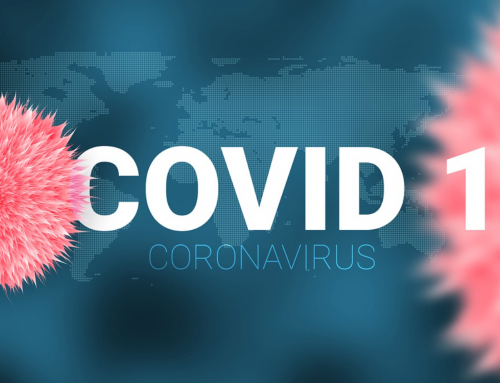From new airport pet relief stations to the newest pet carriers, we try to keep track of every corner of the pet travel industry. Especially the information that is likely to have a real-world impact on your travel plans. But more than just the nitty-gritty details that will guide you through airports and cities on any particular trip, we also wanted to take a step back and look at the broader strategies and programs that airlines are implementing to facilitate pet travel.
A wide-angle view of the pet travel industry over the last decade or so shows that a handful of stories about pets deaths have largely been the result of more people bringing more pets with them on their travels. Sometimes, people do so even when the animal is vulnerable to dangerous health conditions that can be triggered by stressful situations.
This has led airlines to take implement tighter regulations and pet travel policies, while also working to add pet amenities and safety features designed to make the entire experience more comfortable for pets and pet owners. Today, some 2-3 million pets fly on planes each year just within the U.S. Pets suffering serious harm during air travel is becoming increasingly rare. And when it does happen, it’s almost always because either the pet owner or airline employee wasn’t following the rules.
Consider These Airline Pet Travel Programs
In this context, we wanted to highlight three different airlines and the programs and partnerships they’ve created to enhance their pet travel offerings. These examples also demonstrate that, while the airline industry is being aggressive in developing and marketing pet travel programs, individual airline carriers are taking different approaches.
- United: What’s happened with the United PetSafe program has been the most visible change this year and over the last few years. Known for being the go-to airline for pet travel, United Airlines was for a time the last carrier to allow cargo pet travel of high-risk snub-nosed pet breeds. This led to a number of animal deaths and a bunch of negative publicity. Without litigating every detail of every case, this is a classic case of market overreach to the detriment of the core brand. While striving to lead the industry in pet travel, the airline suffered harm to its overall reputation for safety. After being suspended for several months, the United Airlines PetSafe program relaunched in June of this year with new prohibitions against sub-nosed pet travel.
- Alaska Air: Going back to 2012, Alaska Air and Banfield Pet Hospital have partnered together to market their brands but also to enhance the pet travel services to an existing segment of their respective customer bases. To this day, Alaska Air customers can get a personalized travel consultation and a great deal on their pet travel services by visiting a qualifying Banfield location. Meanwhile, Alaska Air adds credibility to its program, Fur-st Class Pet Care. With more than 750 locations in more than 40 states, Banfield Pet Hospital is one of the largest providers of small animal veterinary care in the country. Thus, this partnership is also one of the first national pet travel programs of its kind.
- Delta: Even if the exact details aren’t available yet, one of the more recent developments worth noting is Delta Airlines announcement that they are partnering with CarePod, a pet technology start-up, to expand their pet tracking and concierge services. It’s perceived to be part of a larger play the airline is making for pet travel and the growing importance of supplemental revenue streams to today’s airline industry.
It remains to be seen how successful these airline pet travel programs will be. Undoubtedly, the airlines define success by at least two different measures: How much revenue/profit is generated by their pet travel programs directly and whether those pet travel operations positively or negatively contribute to their company’s reputation for safe, reliable air travel. As a passenger and as a pet owner, this larger context may help you understand why various airline pet travel policies are put in place.



